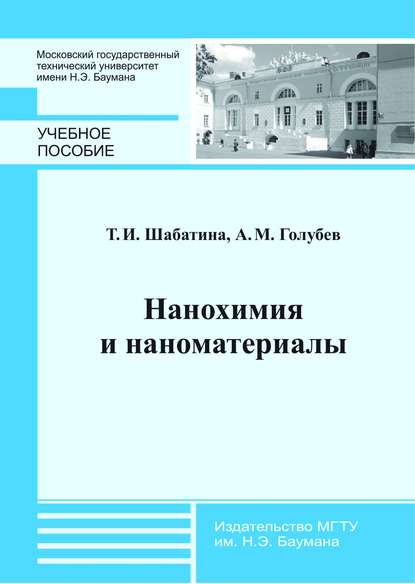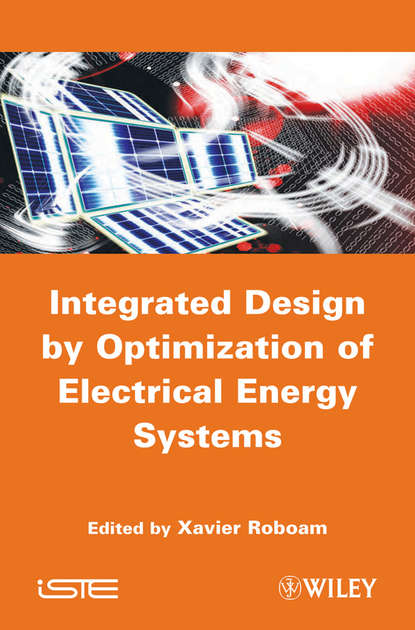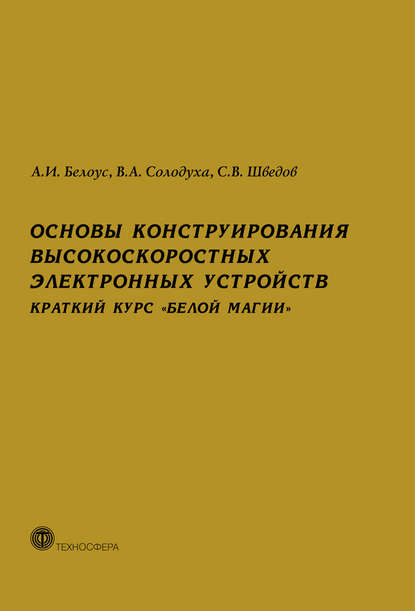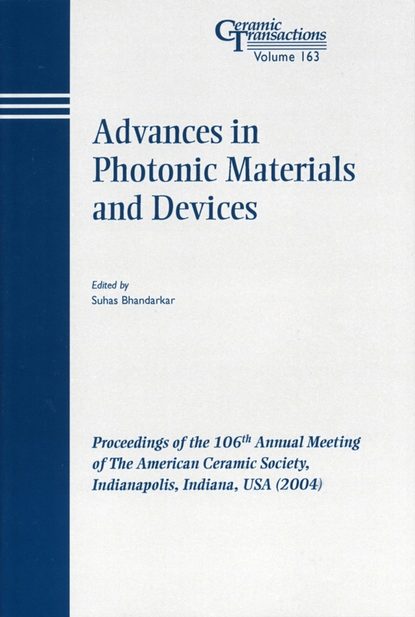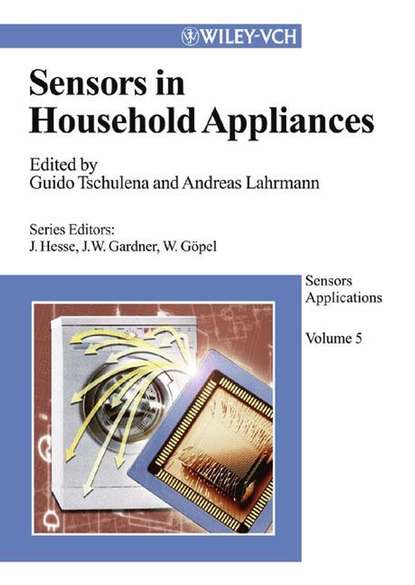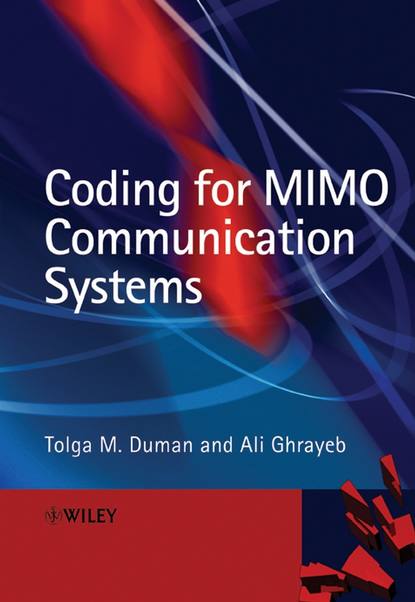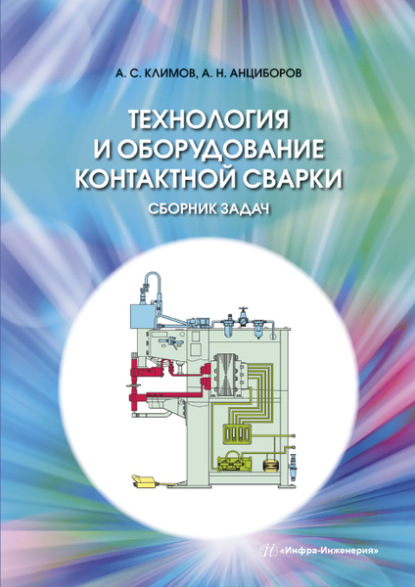«Справочник по термодинамике водных электролитов» - это незаменимое пособие для разработки и использования предсказательных математических моделей электролитных систем. В книге представлены рекомендуемые табличные значения для применения в моделях, а также аннотированные библиографии. Знания в области поведения электролитных систем становятся все более важными как в традиционных химических производствах, так и в разведке и добыче нефти и газа. Последняя глава содержит общий рецепт для построения полных предсказательных моделей электролитов вместе с серией проработанных иллюстративных примеров. Книга может служить полезным инструментом для практикующих инженеров-технологов, а также учебником для студентов химических специальностей.
Expertise in electrolyte behaviour has become an increasingly significant feature in traditional Measurement techniques, as well as hydrocarbon exploration and extraction. This text is the resource for estimating electrolyte behavior, a fundamental need-to-know monograph, prepared from elements for developing stylistic outlined mathematical electrolyte working, suggested handbook values to operate with within these models and annotated bibliography books. The final part is a complete unwrapped look at drafting overall predicted models for electrolyte, together with a number of solved demonstrative samples. It is generally applied research tool for working technicians, and additionally a manual for the study chemistry graduate student.
Электронная Книга «Handbook of Aqueous Electrolyte Thermodynamics» написана автором Marshall Rafal в году.
Минимальный возраст читателя: 0
Язык: Английский
ISBN: 9780470938409
Описание книги от Marshall Rafal
Expertise in electrolyte systems has become increasingly important in traditional CPI operations, as well as in oil/gas exploration and production. This book is the source for predicting electrolyte systems behavior, an indispensable «do-it-yourself» guide, with a blueprint for formulating predictive mathematical electrolyte models, recommended tabular values to use in these models, and annotated bibliographies. The final chapter is a general recipe for formulating complete predictive models for electrolytes, along with a series of worked illustrative examples. It can serve as a useful research and application tool for the practicing process engineer, and as a textbook for the chemical engineering student.



